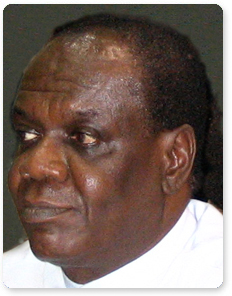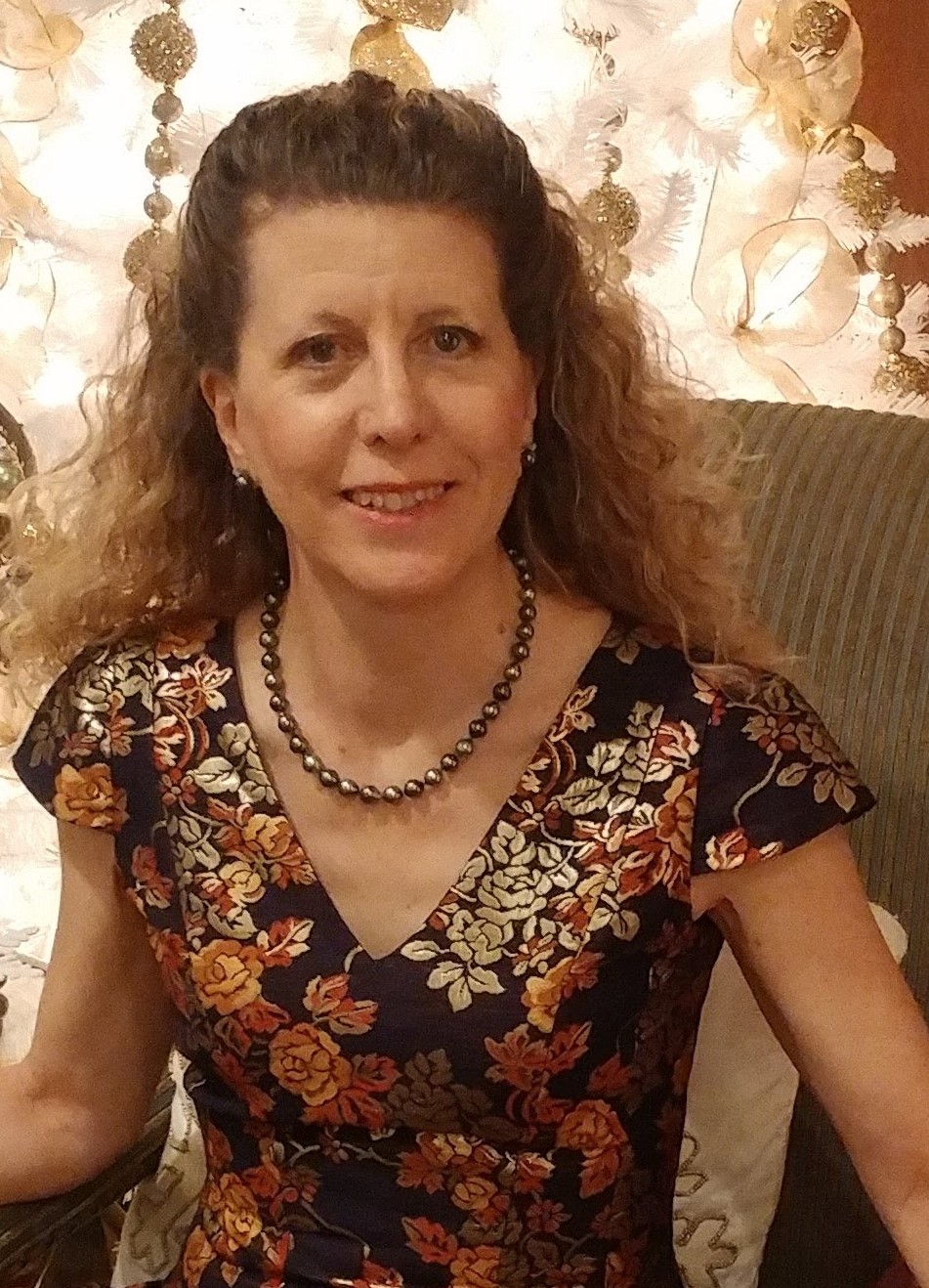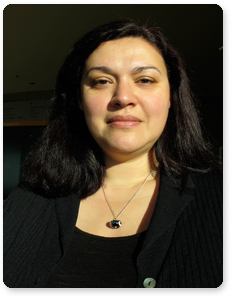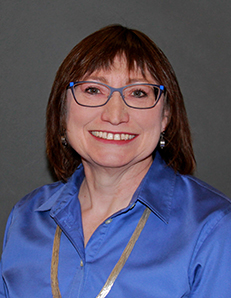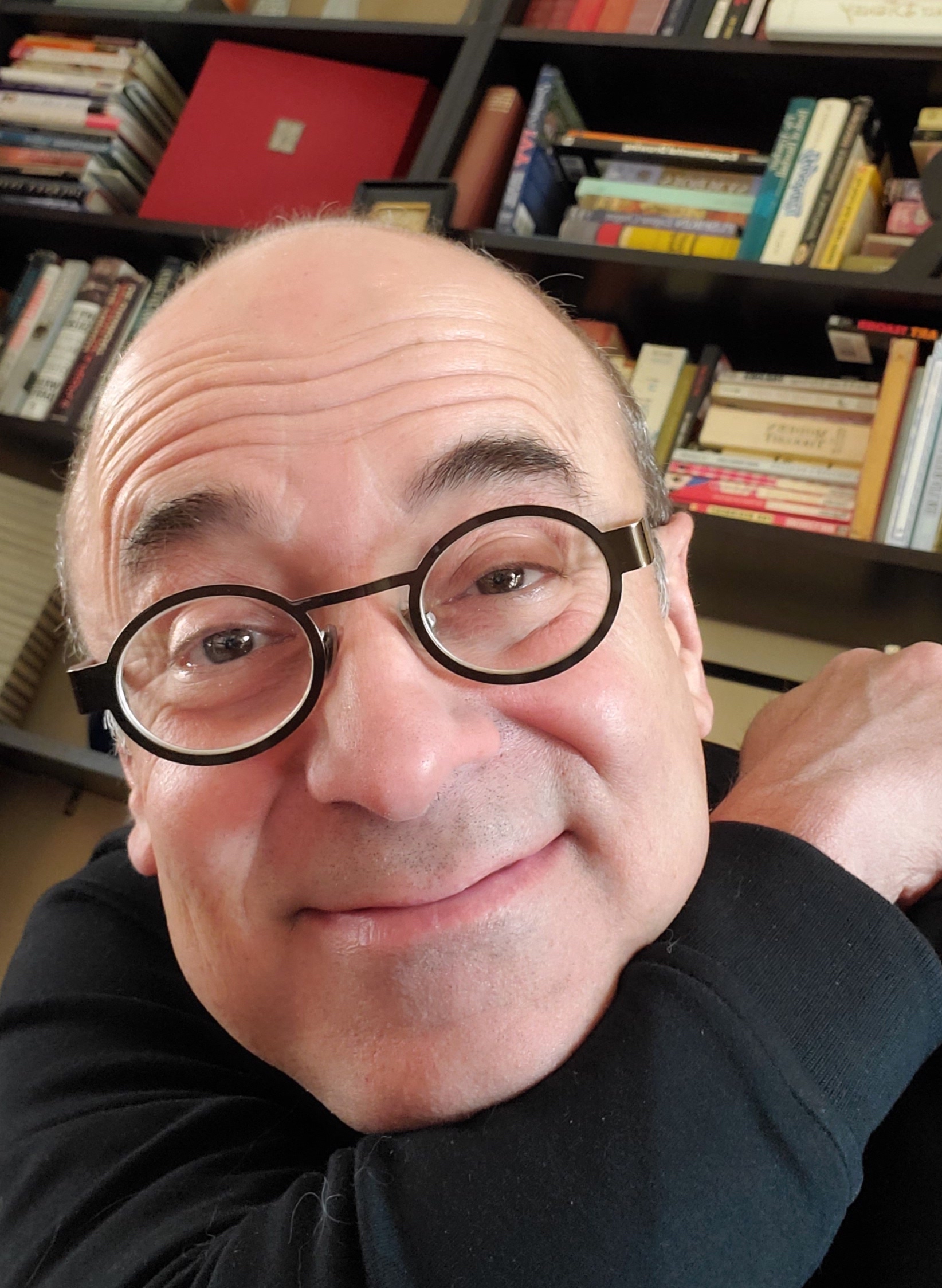
The discipline of English has expanded beyond the traditional study of literature to include creative writing, film studies, technical writing and cultural studies. The English Minor lets you explore the craft and meaning behind a range of literary and popular texts, analyze how words can shape our ethical, cultural and critical sensibilities, and practice the art of communicating with elegance and clarity. The minor involves a total of eight courses.
Career possibilities when combined with a Bachelor's degree
- Teacher
- Librarian
- Lawyer
- Writer
- Editor
- Media analyst
Learn more about the English minor requirements and current courses offered.
Sample courses
Writing for academic success
Develops skills in the types of writing, reading and thinking required in a university today. You will review basics, analyze contemporary examples, develop research and referencing skills, and design their writing for specific audiences. Develop new talents and gain confidence in expressing ideas.
Introductory literature
Discover the principles and practices of literary analysis by examining selected works of prose, poetry or drama. You will apply close reading techniques to a range of texts in order to develop foundational skills in writing and thinking critically about literature.
Literature for young children
Critically study literature for young children (ages 2 – 8). By providing a survey of the various genres of children’s literature, you will be introduced to the range of work available for preschool and primary school children. You will also be given opportunities to develop their skills for oral presentation and written composition.
Women’s writing: voices and visionaries
Approach women’s writing from a variety of theoretical perspectives and across genres from different times, places and spaces.
Animals in fiction and film
Examine the historical development of popular literature and non-print media through the lens of the animal story, one of the oldest and most persistent of popular forms. Emphasis will fall on representations of human and non-human animals in genre fiction and film produced for a trans-Atlantic mass audience from 1900 to now.
Science fiction
Examine representative works of science fiction with attention to the tradition, its leading themes and modern developments.
Comics as literature
Examine comic books as a modern folktale, told in words and pictures, and as mass-market literature, shaped by contemporary events, audience response, and the economics of its production. You will also look at the comic in terms of its relationships with television, film and the graphic novel.
Fantasy
Examines historical roots, literary applications and theoretical context of fantastic elements in fiction. Texts may include representative examples of a dream vision, allegory, romance, surrealism, and magic realism, with a particular emphasis on modern fantasy fiction. Fantasy will consider a range of historical, linguistic, social, psychological, mythological, and environmental dimensions of fantasy.
Children’s literature: folklore, fairy tale, fantasy
Investigate the history and development of children’s fantasy from its origins in the oral tradition to its current achievements. Situating such work within its literary and cultural context, explore changing attitudes toward childhood and adolescence while also examining the debt that contemporary juvenile fantasy owes to classic folklore and fairy tales.
Children’s literature: representations of the real
Examines the relationship between the real and the imagined in works for children and adolescents. Focusing on classic and contemporary material that asks readers to think about who they are and what kind of world they inhabit, explore the literary, social and educational values that inform the construction of juvenile realities.
Meet your English instructors
|
|
|
|
|
|
||
|
|
|
|

